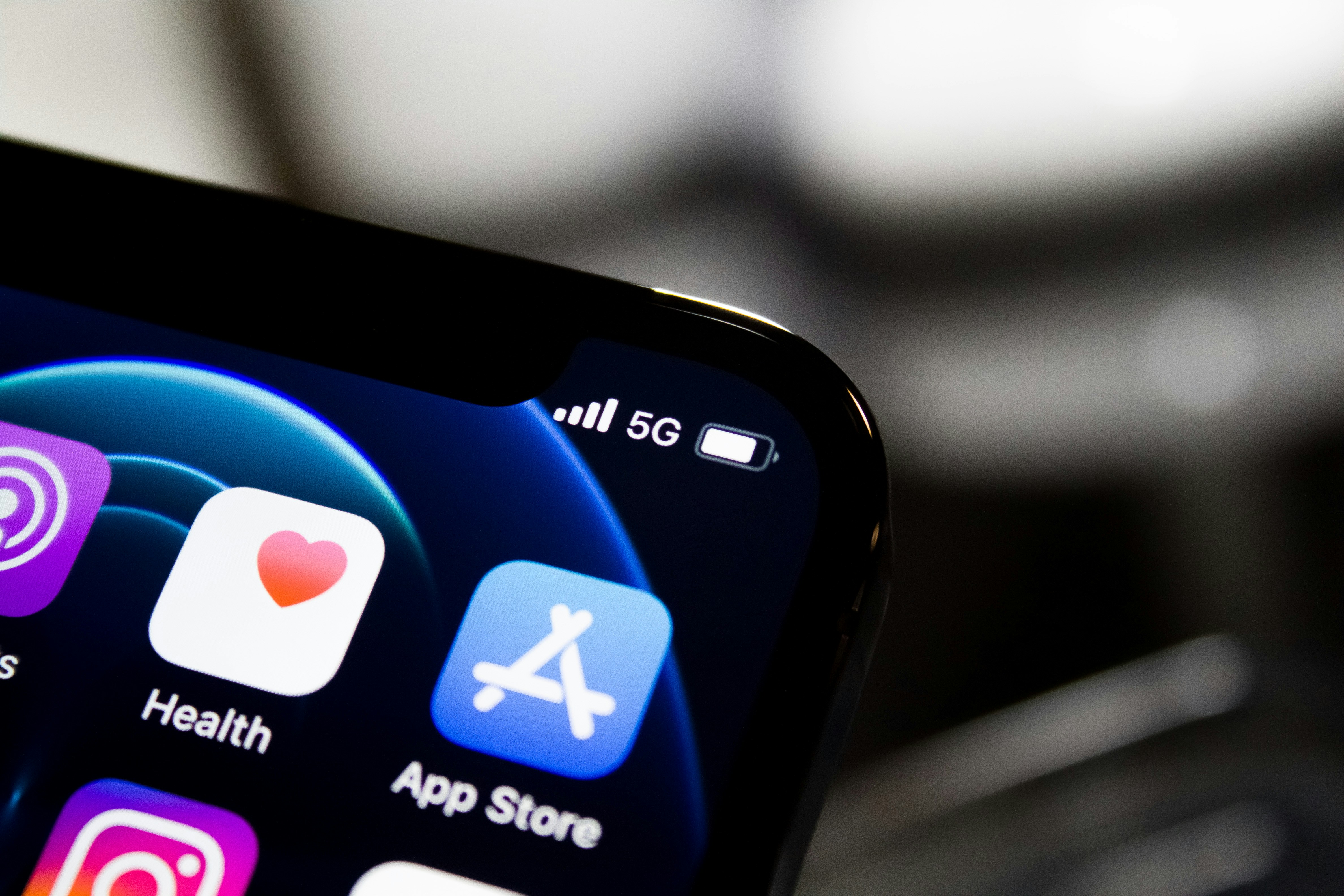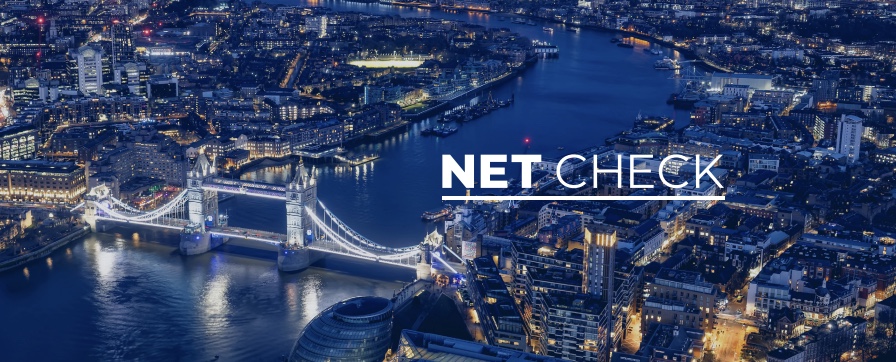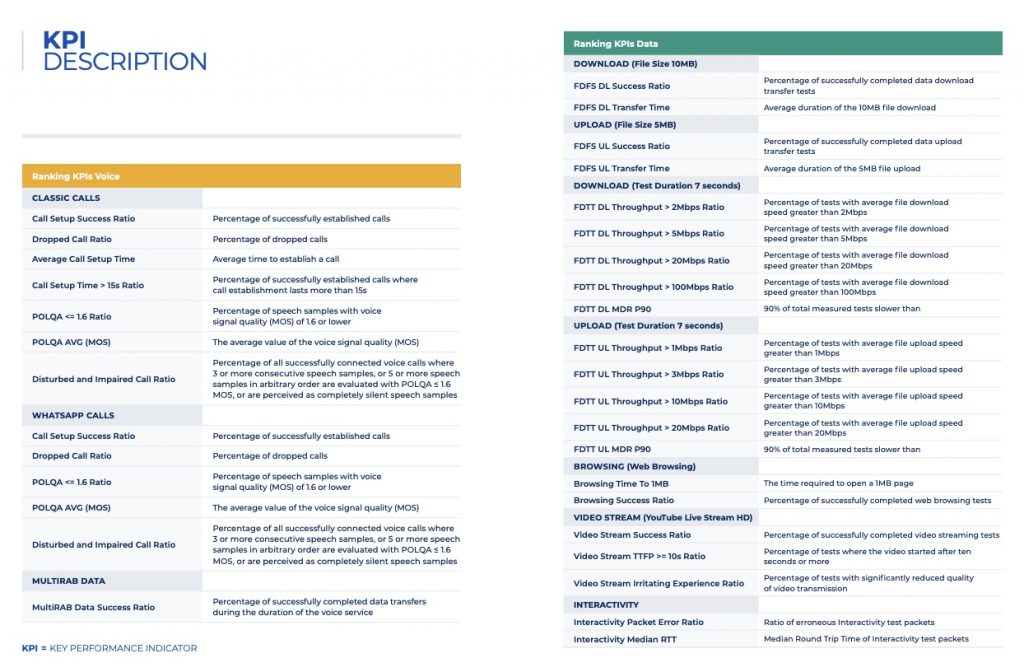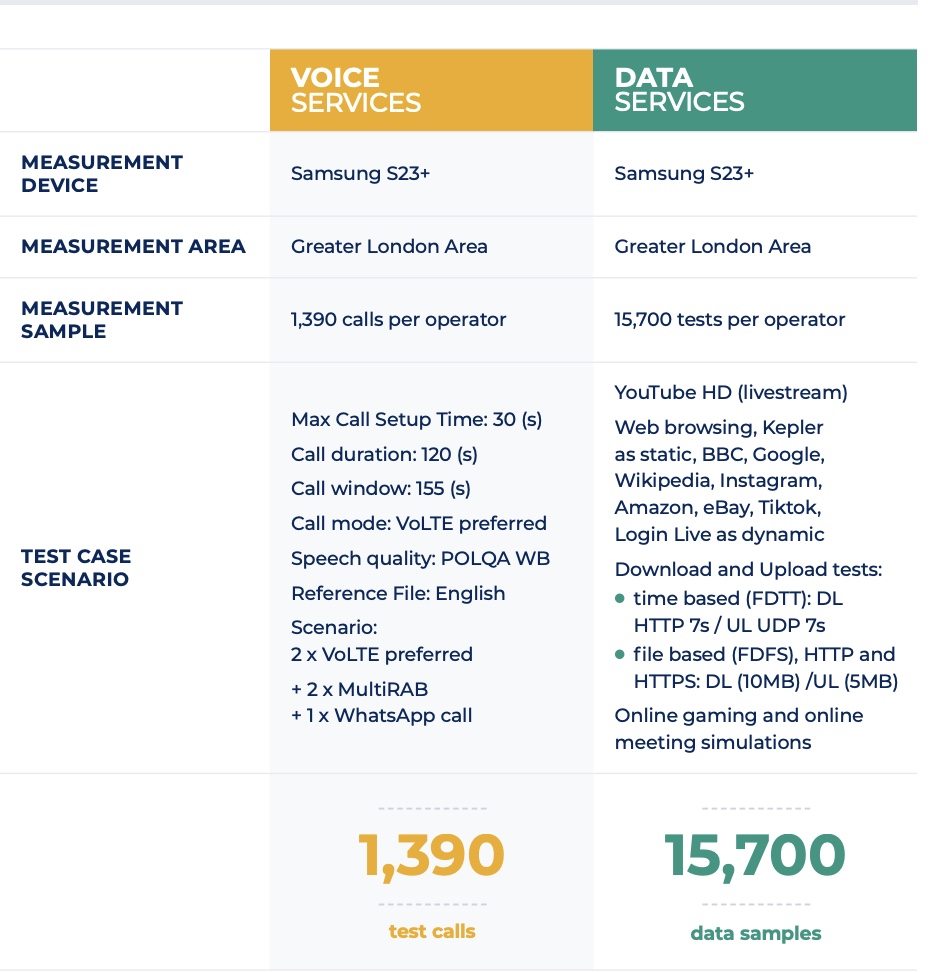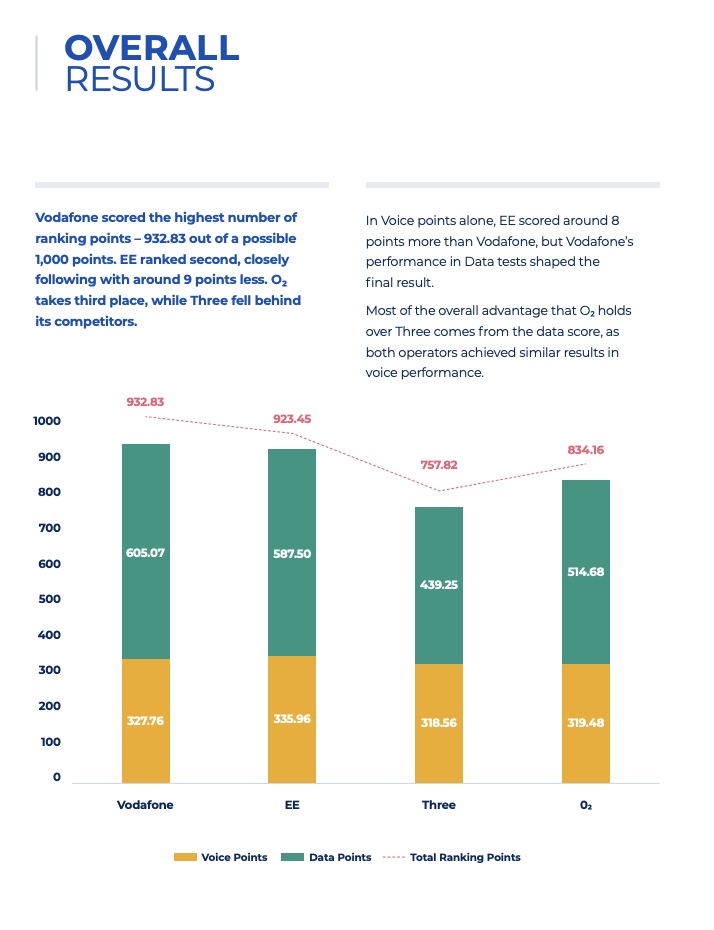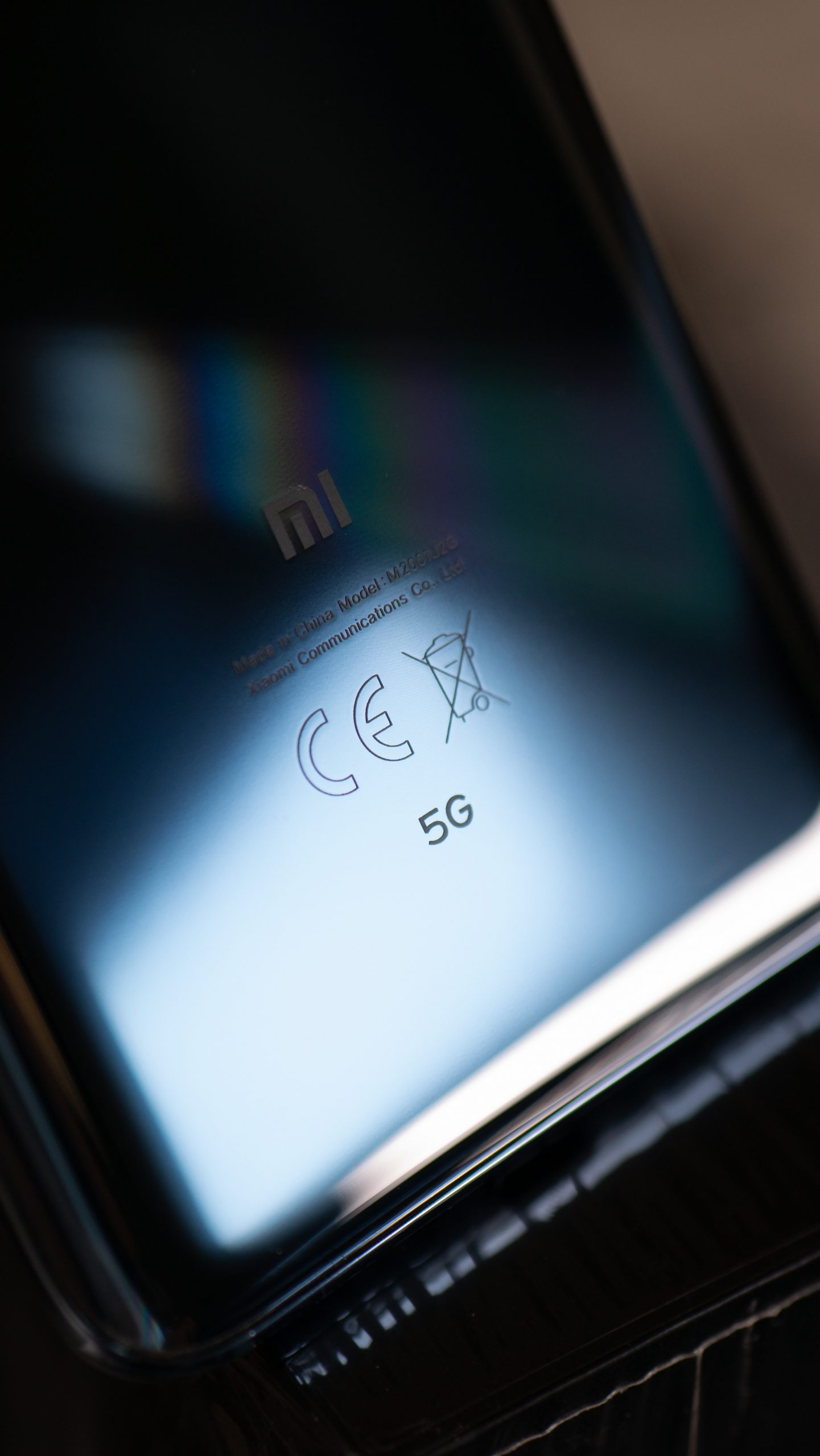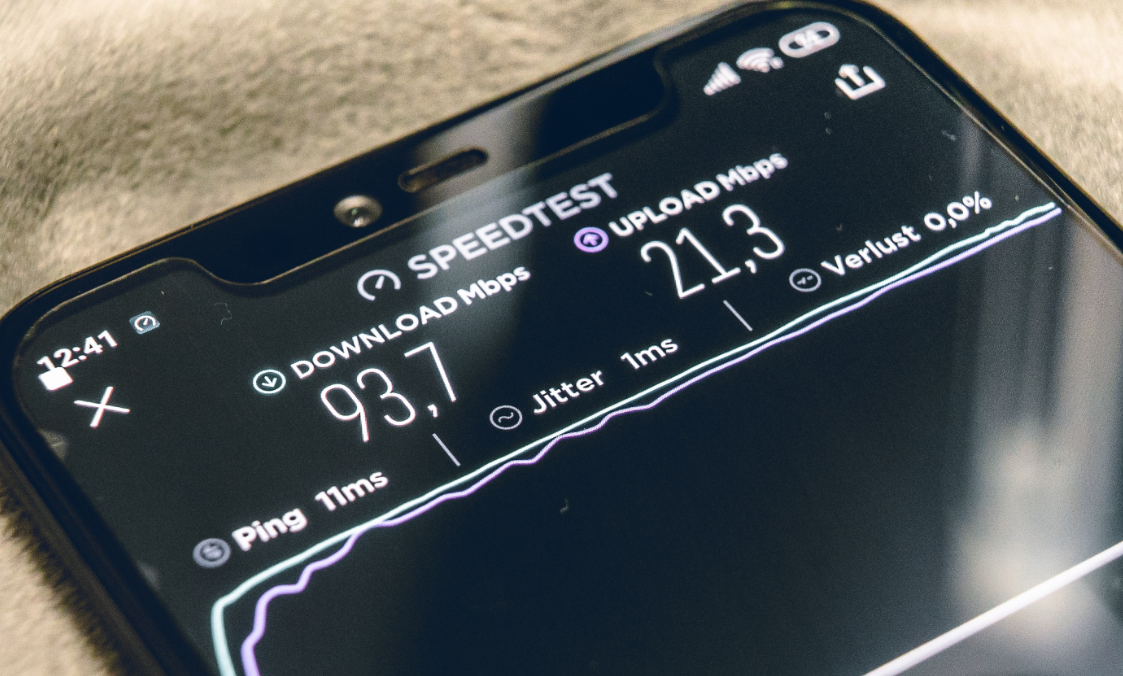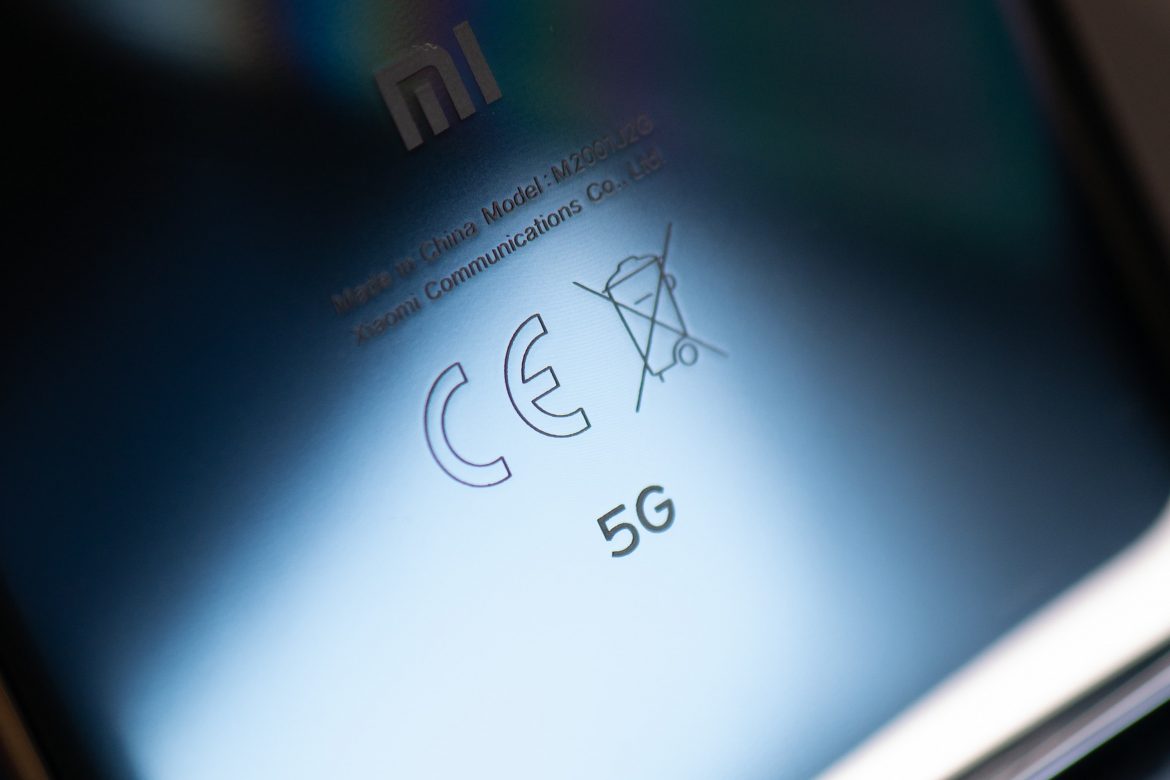With the increasing prevalence of 5G availability across London, you might be needing a 5G survey. Perhaps your London business is moving premises – Or maybe you’re looking to buy or rent a property in London? Either way you need to know that wherever you’re living or working in London will have decent cellular and data coverage.
Mobile coverage is a huge part of buying or renting a new property – Whether for a business or somewhere to live. 5G mobile phone coverage could be a massive deal breaker if it’s not at the level people have come to expect.
Thankfully, here at Geekabit we offer a 5G survey in London and the surrounding areas – We know our stuff when it comes to all things wireless. We understand how vital it is to maintain strong connections, whether it’s in the office or at home.
Geekabit’s 5G Survey London
Geekabit offer both internal and external 5G surveys, looking at mobile phone coverage both inside and outside your property.
You might be wondering – Why would I need a 5G survey?
For our clients that are wanting to map out the availability of 5G cellular and data coverage in a London office or building, the 5G survey would be a great tool. It’s extremely useful if your organisation is considering moving premises. It is so important nowadays to make sure that you have good 5G mobile phone signal coverage before signing on the dotted line. You don’t want any nasty surprises when it comes to coverage once you’ve moved in!
Our landlord and estate agent clients also find it a very beneficial tool when it comes to selling or renting out business or residential properties in London. Tenants and house buyers aren’t just looking at the water pressure of the taps or the state of the windows – They’re now asking questions about the strength of cellular reception. Our 5G Survey gives you all the information you need to know.
People want to make sure that where they live and work in London will have strong 5G mobile coverage. Geekabit’s 5G survey is the perfect way to prove your property has just this and on what networks.
5G Hybrid Broadband
And where there’s a strong 5G connection, you know you’re covered if the internet goes down. Hybrid broadband is giving customers confidence that even if their standard internet connection fails, they will still have 5G mobile broadband to fall back on.
But this is only as foolproof as your 5G coverage. So before going ahead and investing in hybrid broadband, why not carry out a 5G survey first to make sure that your London property has the coverage you need to fall back on.
Office and homes aren’t the only places where you need a strong, reliable 5G cellular connection
There are many external areas that would hugely benefit from an external 5G survey. Geekabit can also carry out a 5G survey along London roads, parts of the capital’s transport network and throughout leisure facilities in London and the surrounding areas.
In today’s world, we don’t just stay in one place – Even while we’re working. We take our need for connection wherever we go – And it needs to be strong and reliable.
Gone are the days where we are tethered to a desk – We need the 5G mobile coverage to be available on the go. Whether we are using a smartphone, tablet or other internet enabled device, we need to stay connected – And we need to know that the signal will be strong and reliable.
Geekabit’s 5G survey can tell you how strong the cellular coverage is in certain areas of London, and which networks would work best for those locations. This information is invaluable.
How do we report the results of our 5G survey?
We can provide results, heatmaps and detailed reports measuring the details of phone coverage for 5G (as well as 2G, 3G and 4G/LTE).
For any given London location, we can measure:
- The cellular connectivity
- Data upload and download speeds
- The occurrence of dropped and failed calls for all the main mobile network operators
Over the last 2 years, companies have realised how vital cellular coverage is – For business operations as well as staying connected with loved ones. This was true before the pandemic, but Covid has certainly increased the need for strong, reliable mobile coverage.
It’s time to invest in mobile enterprise
If you value the importance of the Quality of Service and Quality of Experience of your employees cellular coverage whilst they are at work, then it’s time to invest in mobile enterprise.
Here at Geekabit, we’ve long been able to provide mobile phone coverage survey results for a fixed point – For example, a particular property in London.
We can now provide this matched to geolocation data over a moving area, as well as on building plans and maps. When it comes to 5G surveys, this information is really important.
If your London business has been thinking about investing in further mobile technologies, then our 5G survey is ideal for providing graphical and interactive information, allowing you to really drill down into the data and support and inform your worthwhile investment.
A word from our Founder
Steve Cross, Founder of Geekabit, comments:
“Mobile phone coverage has continued to increase in importance, with a massive investment throughout the pandemic in mobile working technology. With the great shift in office working already happening, organisations are looking to ensure that 5G mobile phone coverage in potential London office locations will be suitable for their workforce. Our internal cellular 5G survey tool gives clients the opportunity to make sure there will be no issues with mobile phones and tablets when moving buildings or downsizing.”
Want to know more about our 5G surveys?
For further details about the data which can be captured, or to discuss a potential project, please email our Wi-Fi experts at [email protected] and someone will be in touch as soon as possible.
Our 5G surveys are available across London and the surrounding areas. If you are interested in this service in a different location, please do get in touch.

